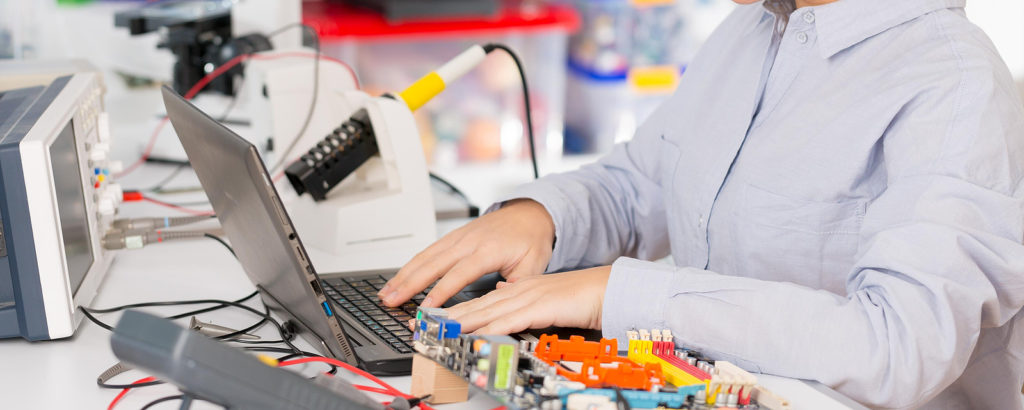& Construction

Integrated BIM tools, including Revit, AutoCAD, and Civil 3D
& Manufacturing

Professional CAD/CAM tools built on Inventor and AutoCAD
3 min read
Here’s a few reasons why we think basic PCB design is essential for industrial designers and how CAD software, like Fusion 360, can promote industrial design integration with PCB design.

Industrial design is a shifting tide that favors innovation. CAD software, like Fusion 360, is quickly evolving and becoming more robust, allowing for easier printed circuit board (PCB) design for industrial applications. As this innovation progresses, the gap between industrial designers and PCB engineers is quickly narrowing. Think applications like medical wearable devices, gaming consoles, etc.—while industrial designers and PCB engineers often work separately to develop consumer electronics, it can never hurt to learn a new skill that’ll benefit your understanding of another process and how you work with others.
Instead of communicating across departments and working with one-way workflows, designers and engineers can collaborate within the same program. ECAD and MCAD integration saves time and money.
As with any advancing technology, it’s crucial that engineers fully educate themselves on PCBs before testing out the next big thing. Basic PCB design is fundamental for effective communication and collaboration.

Industrial designers who understand PCB basics can communicate more effectively with PCB engineers. As with most professions, PCB design has its own anthology of technical terms. Understanding basic PCB terminology alleviates possible communication mishaps and improves team functionality.
Here are a few essential technical terms:
If you want to take a deeper dive into electronics for beginners, check out this comprehensive vocabulary guide.
The ease of collaboration was often taken for granted before remote working became increasingly common. With more remote collaboration comes the likelihood of communication breakdown, which can dissolve successful collaboration and stall an otherwise momentous project. With cloud-based software like Fusion 360, remote collaboration is easier than ever before. Collaboration fosters innovation, and innovation pushes the boundaries of what is known and what is unknown. A project team cannot expect significant progress if one or more of those involved is out of touch with basic PCB concepts.
However, it’s worth noting that collaboration is an ideal learning environment. Those who are currently taking PCB design courses shouldn’t be afraid to ask questions and gain hands-on experience whenever possible.

Printed circuit board design begins with a schematic. Fortunately, Fusion 360 contains many tools to help the user draw an intricate schematic. Users can utilize the component library to map a circuit diagram. At this stage of the design process, the circuit layout and electronic component placement can be altered to fit on the circuit board perfectly.
Once the electronic design is perfected, the ideal substrate sheet is selected to coincide with the circuit’s purpose. Via holes are then drilled using a computer numerical control (CNC) machine. At this point, the circuit is now printable and ready for etching and stripping. Of course, a lot more goes into the PCB design process, PCB assembly, and PCB prototyping.
Knowing the design process optimizes self-integration into the larger PCB community and creates a cohesive relationship between PCB designers, engineers, and PCB design software.
Depending on experience and education, some up-and-coming industrial designers might be familiar with basic PCB design concepts. In any case, educational resources and tutorials are available to new and veteran industrial designers who want to refresh their knowledge of or learn about basic PCB design in tandem with Fusion 360. Learn more about why you should try the Fusion 360 Electronics Workspace here.

By clicking subscribe, I agree to receive the Fusion newsletter and acknowledge the Autodesk Privacy Statement.
Success!
May we collect and use your data?
Learn more about the Third Party Services we use and our Privacy Statement.May we collect and use your data to tailor your experience?
Explore the benefits of a customized experience by managing your privacy settings for this site or visit our Privacy Statement to learn more about your options.